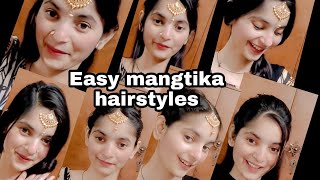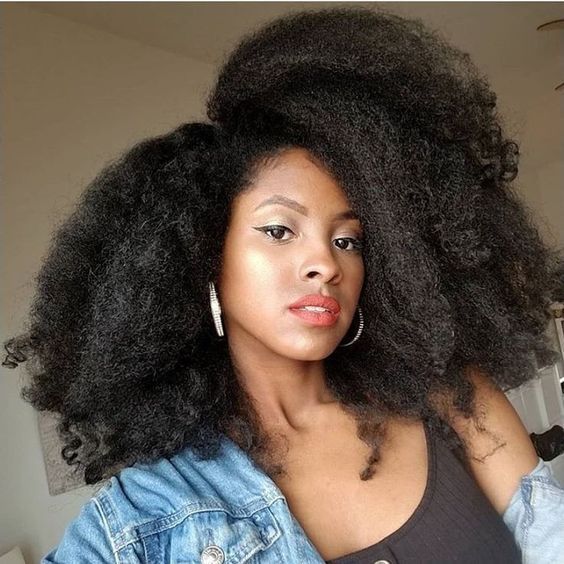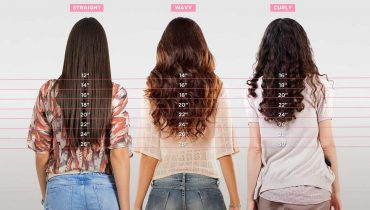5 Bunning Basics You Should Know
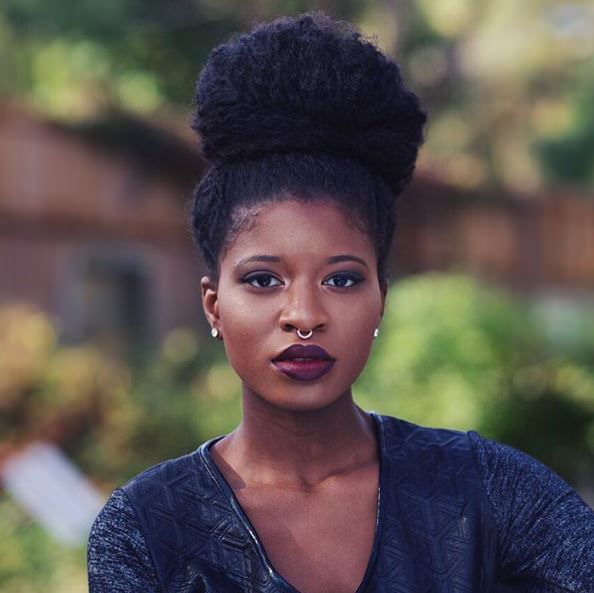
In hair care there are things that have become staples across the board. It takes time for something to become a staple, but once it does, the basics behind it are rarely covered. It’s probably because everyone thinks it’s a no-brainer.
Have you seen a tutorial lately on how to part your hair? Not likely. However, do you know someone who can’t place a straight part in their head to save their life? Highly likely. You may even be that someone.
Just because something has been around forever, it doesn’t automatically mean that everyone has mastered it. Even professionals practice the fundamentals. It shouldn’t be any different for other things, like hair care.
Knowing why something is done is also a great reason to revisit a staple. Often we may be familiar with a technique and even know how to do it, but the why gets lost in the proverbial shuffle when it comes to things we consider basic or standard.
With that in mind, the basics behind bunning hair is a good place for us to look into some of the whys behind a standard hairstyle that became a staple for so many.
Why buns?
My first introduction to buns came when I was obsessed with retaining length. There were countless video tutorials and blog posts on the benefits of bunning hair as a way to reach a desired length goal. On top of the tutorials that explained the benefits, the videos showing women doing the infamous bun drop would leave me drooling and longing for the same head of healthy hair I saw on my screen.
This left me in the place of knowing how, but not why. I quickly learned how to bun my hair and it became something I did quite often. It’s extremely easy and it does, indeed, work.
The one thing I never cared to learn was why bunning was good for my hair. Honestly, I didn’t care. My hair was growing and it was healthy. Those were the only check marks I needed for me to get on board and stay there. Later, I did look into the why and here is what I came up with.
Protecting the ends of your hair is essential for length retention.
Maintaining moisture throughout the day is a key factor in length retention.
Little to low manipulation cuts down on breakage and damage to the hair.
Low to no tension on the strands and edges of the hair make for a perfect environment for hair to thrive.
Wearable styles that offer all of the above are few and far between.
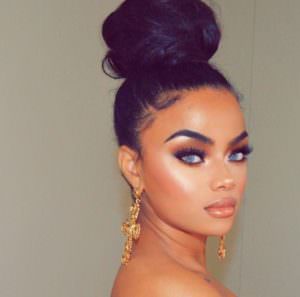
The bun is the absolute perfect answer to all of the requirements of healthy, long hair. The answer to my why questions were answered once I dug a little. And once I had the additional information, I loved bunning my hair that much more. Buns were perfection for me.
The basics behind buns may not always be clear. It’s just something we do and know how to do because they’ve always been around. But, knowing the why gives you the tools you need to be versatile and more confident in what you do to your hair.
How often do you want to switch up your technique, but you don’t because you’re wondering about all the what if’s? Those questions arise simply because you’re doing something you know how to do and not necessarily why you’re doing it.
If you understand what place buns play in your hair regimen, you don’t worry about moving the bun from the nape of your neck to a high bun that sits atop your head. You know that you can do a side bun or a loose bun or a bun with a part on one side or the other and not take away from any of the benefits the bunning process provides.
Understanding that a bun is a tool, makes it easy to take advantage of all that it has to offer and not just the one thing it offers that you saw in the video tutorial you mimicked.
Here are five quick reminders of things to keep in mind when bunning your hair in order to retain length and maintain the healthiest strands possible.
How to bun
Use seamless hair ties* or use cotton socks or old t-shirts. These limit the amount of friction your hair will experience which helps with lessening the occurrence of breakage.
Don’t bun too tight. Tight styles put stress on your edges and create weak points along the length of your hair strands. That’s not what you want if you’re growing your hair.
Add moisture to the ends that will be tucked into the bun. This will keep your ends pliable and soft. Retention of hair length is based on how well you preserve the oldest parts of your hair, your ends. Know why you’re bunning and have fun.

